Jos Van Immerseel & Anima Eterna - Schubert: Rosamund & Symphony No. 5 (1992)
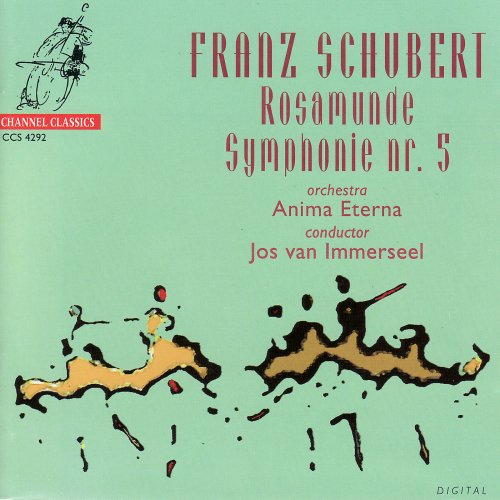
Artist: Jos Van Immerseel, Anima Eterna
Title: Schubert: Rosamund & Symphony No. 5
Year Of Release: 1992
Label: Channel Classics Records
Genre: Classical
Quality: FLAC (tracks + booklet)
Total Time: 52:20
Total Size: 221 MB
WebSite: Album Preview
Tracklist:Title: Schubert: Rosamund & Symphony No. 5
Year Of Release: 1992
Label: Channel Classics Records
Genre: Classical
Quality: FLAC (tracks + booklet)
Total Time: 52:20
Total Size: 221 MB
WebSite: Album Preview
1. Ouvertüre - Die Zauberharfe, Alias - Rosamunde, D. 644 (10:46)
2. Schauspielmusik Zum Drama - Rosamunde, D. 797: I. Zwischenaktmusik B Dur - Andantino (07:58)
3. Schauspielmusik Zum Drama - Rosamunde, D. 797: II. Ballettmusik G Dur - Andantino (06:59)
4. Symphony No. 5 in B Dur, D. 485: I. Allegro (07:01)
5. Symphony No. 5 in B Dur, D. 485: II. Andante con Moto (09:31)
6. Symphony No. 5 in B Dur, D. 485: III. Menuetto - Allegro Molto (04:24)
7. Symphony No. 5 in B Dur, D. 485: IV. Allegro Vivace (05:38)
1. “Die Zauberharfe” or “Rosamunde” Overture Schubert’s finest overture, and one which has become one of his most famous and most popular pieces, was written at a frenzied pace. It was originally intended to be the introduction to the incidental music for “Die Zauberharfe,” a new “Zauberspiel,” which was performed for the first time on 19th August 1820 in the “Theater an der Wien.” The performance, especially the libretto, was greeted with general indifference and the reviews were poor. The play, and consequently the wonderful music, was taken off completely after a few performances. The music, especially the overture, had met with approval on the part of the press. As the 29th August issue of the “Wiener Konversationsblatt” commented, “It is a pity, above all, because of Schubert’s wonderfull music, which has not found a more worthy subject”. The same issue also remarked on the excellence of the overture, but said that it was more “a play in itself” rather than a Zauberspiel overture, and that it was “as suited for performance as an opera “. The comments were prophetic, for the overture was adapted for different purposes, and was later performed “as a play in itself,” as indeed it still frequently is. This is as it should be: the “musical magic” which the twenty-three year old genius “conjured up” in this piece is timeless.

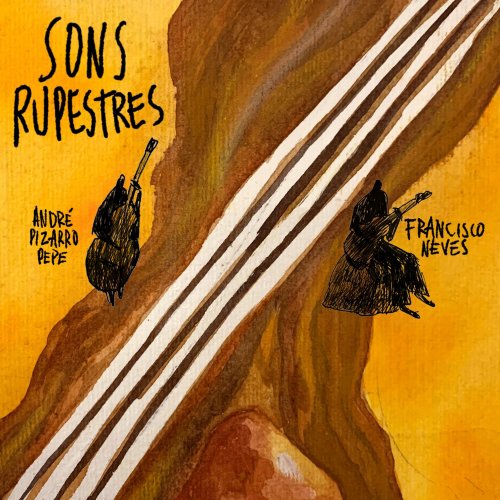
![Joshua White - Flora and Fauna: 9 Preludes for Solo Piano (2025) [Hi-Res] Joshua White - Flora and Fauna: 9 Preludes for Solo Piano (2025) [Hi-Res]](https://img.israbox.com/img/2025-12/19/1w90raxdb6ohgwszk3wk3pfts.jpg)
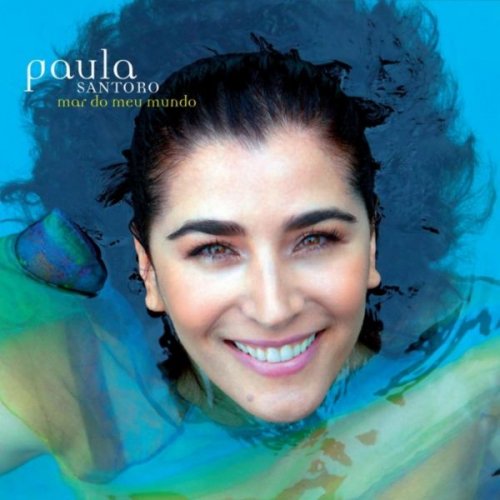
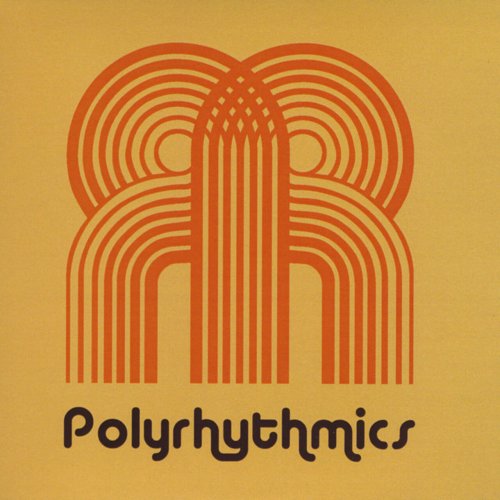
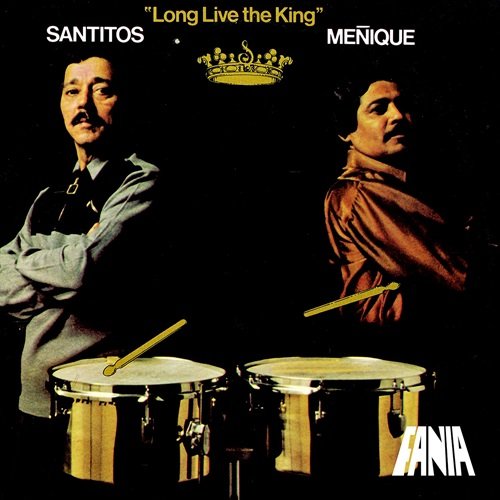

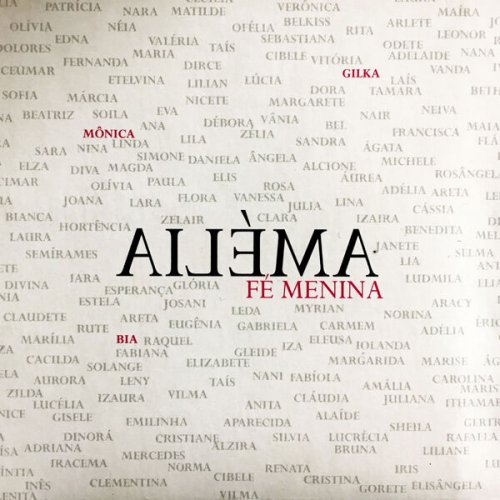
![Sergio Di Finizio - O (2025) [Hi-Res] Sergio Di Finizio - O (2025) [Hi-Res]](https://www.dibpic.com/uploads/posts/2025-12/1766111303_ri3vjk7q73zkc_600.jpg)